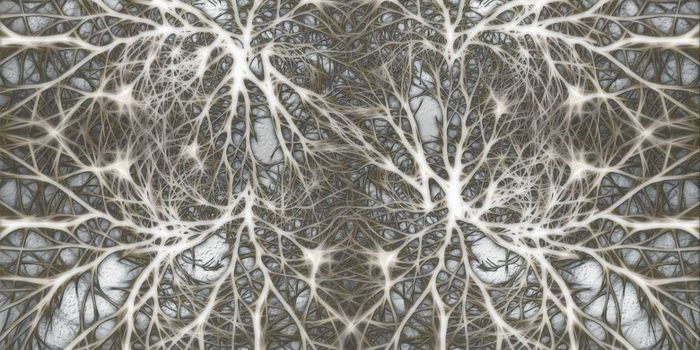Brain Thickness and Connectivity Influences Negative Behavior
When looking at the brain, many think that different areas are individually responsible for different functions- like memory or motor skills. Now, however, researchers from Penn State University have found that the thickness of the brain's outer layer (cortical thickness) and the brain's interconnectivity may be just as important.
For the study, researchers used fMRI technology to analyze the neural interconnectivity of 818 people while in a resting state. For cortical thickness, they assessed the relationships between the cortical thickness of the entire cortex (the brain's outer layer) and its resting-state functional connectivity. They then compared these two metrics with 129 non-imaging behavioral and demographic measures. These included information on how participants differed in intelligence, aggressive tendencies, and life satisfaction.
In the end, the researchers found that brain locations alone could not completely account for all the connections between them nor behaviors. Instead, they found that both a pattern of cortical thickness and functional connectivity significantly correlated with certain behaviors.
In particular, they found that these characteristics could explain correlations with positive behaviors like performance on memory and cognitive tests, general life satisfaction, and educational attainment. For these traits, they found that in higher-order brain regions responsible for thought, memory, and perception, people tended to have thinner cortices and increased functional connectivity. However, in the low-level sensory and motor regions, the same people tended to have decreased connectivity and thicker cortices. The inverse was found for negative behaviors like substance use, antisocial behavior, and anger.
The researchers attribute their findings to various technologies from fMRI to big data analysis, structural brain imaging, and hundreds of behavioral, cognitive, psychometric, and demographic measures.
"With the functional data, we are not just collecting 3-D imaging, but we're actually collecting 4-D imaging- spatial imaging along different time points," says Xiao Liu, leader of the study.
Sources: Medical Xpress, Science Direct









